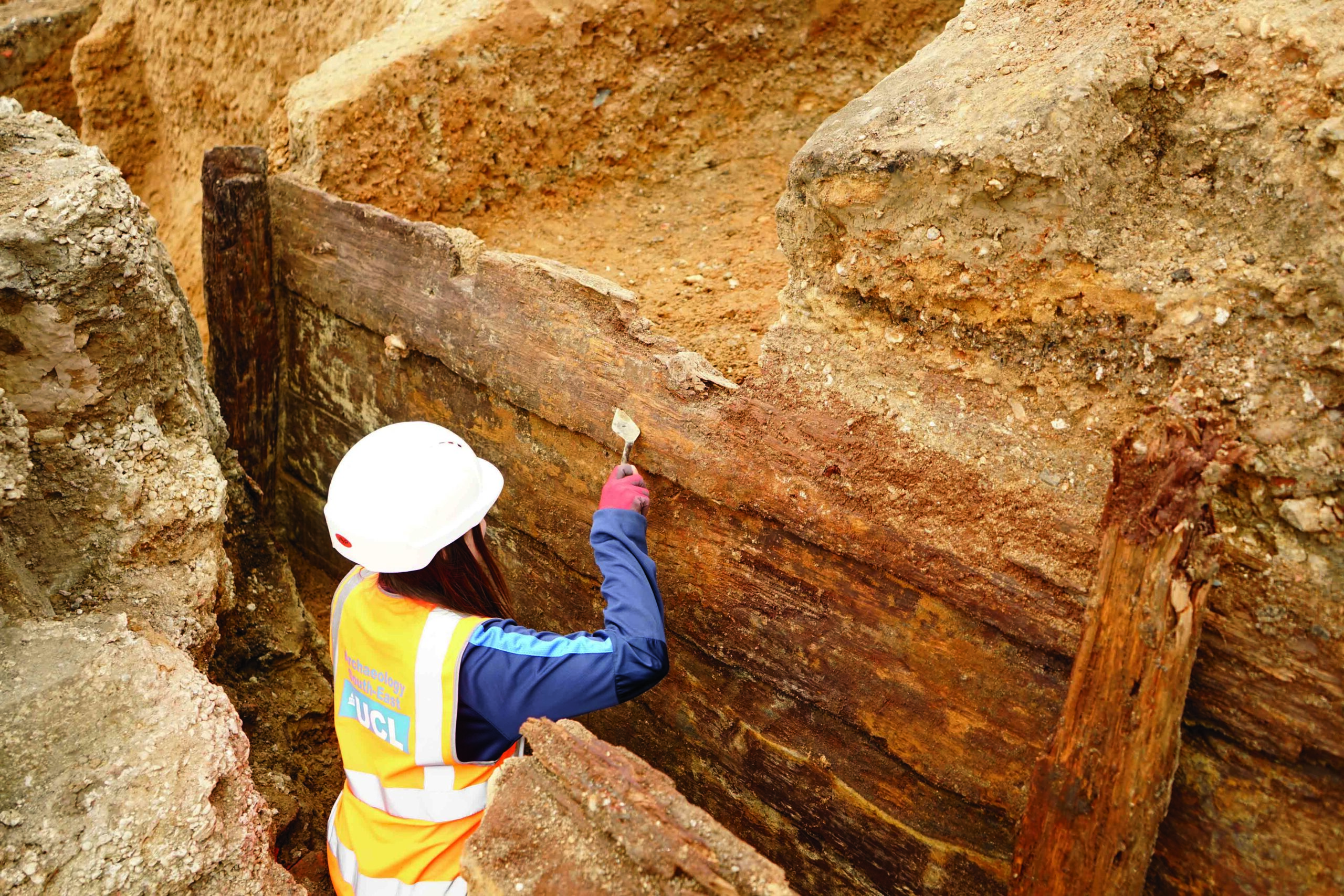ORNETA, POLAND—The possible remains of three Roman Catholic nuns killed by Soviet soldiers at the end of World War II have been unearthed in a municipal cemetery in northern Poland, according to a Live Science report. Historical records dated to 1945 indicate that seven Polish nuns from the order of St. Catherine of Alexandria, who served as hospital nurses, were among those killed, imprisoned, or deported by the Soviets after Russia’s Red Army invaded Poland in 1944. Last summer, the remains of Sister Charytyna (Jadwiga Fahl), were discovered in the city of Gdańsk. Remains tentatively identified as Sister Generosa (Maria Bolz), Sister Krzysztofora (Marta Klomfass), and Sister Liberia (Maria Domnik) were then found in Olszytin. The newly uncovered remains are thought to belong to Sister Rolanda (Maria Abraham), Sister Gunhilda (Dorota Steffen), and Sister Bona (Anna Pestka), based upon the religious objects found with the women’s bones. These items, characteristic of those associated with the order of St. Catherine, include small rosaries with polished beads, larger rosaries worn on a belt, a cross inlaid with metal designs, and two religious medals. All seven women were reportedly killed while defending hospital patients during Red Army attacks, according to the Polish Institute of National Remembrance. DNA analysis is underway to confirm the identification of the remains. To read about a Torah shield and pointer likely buried in Wieliczka, Poland, during World War I, go to "Artifact."
Possible Bones of Nuns Killed by Red Army Unearthed in Poland
News March 7, 2021
Recommended Articles
Letter from Poland November/December 2024
Remembering an Unspeakable Crime
Excavations of a mass grave expose evidence of Nazi-era massacres
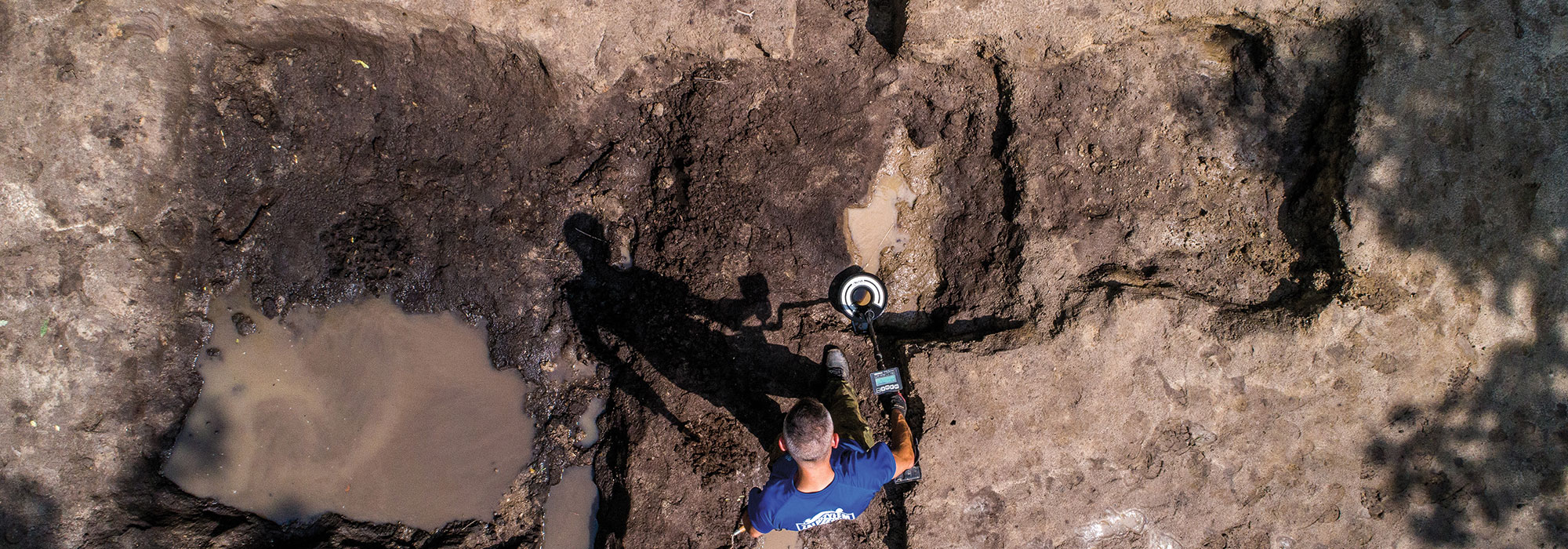
Digs & Discoveries November/December 2020
Honoring the Dead
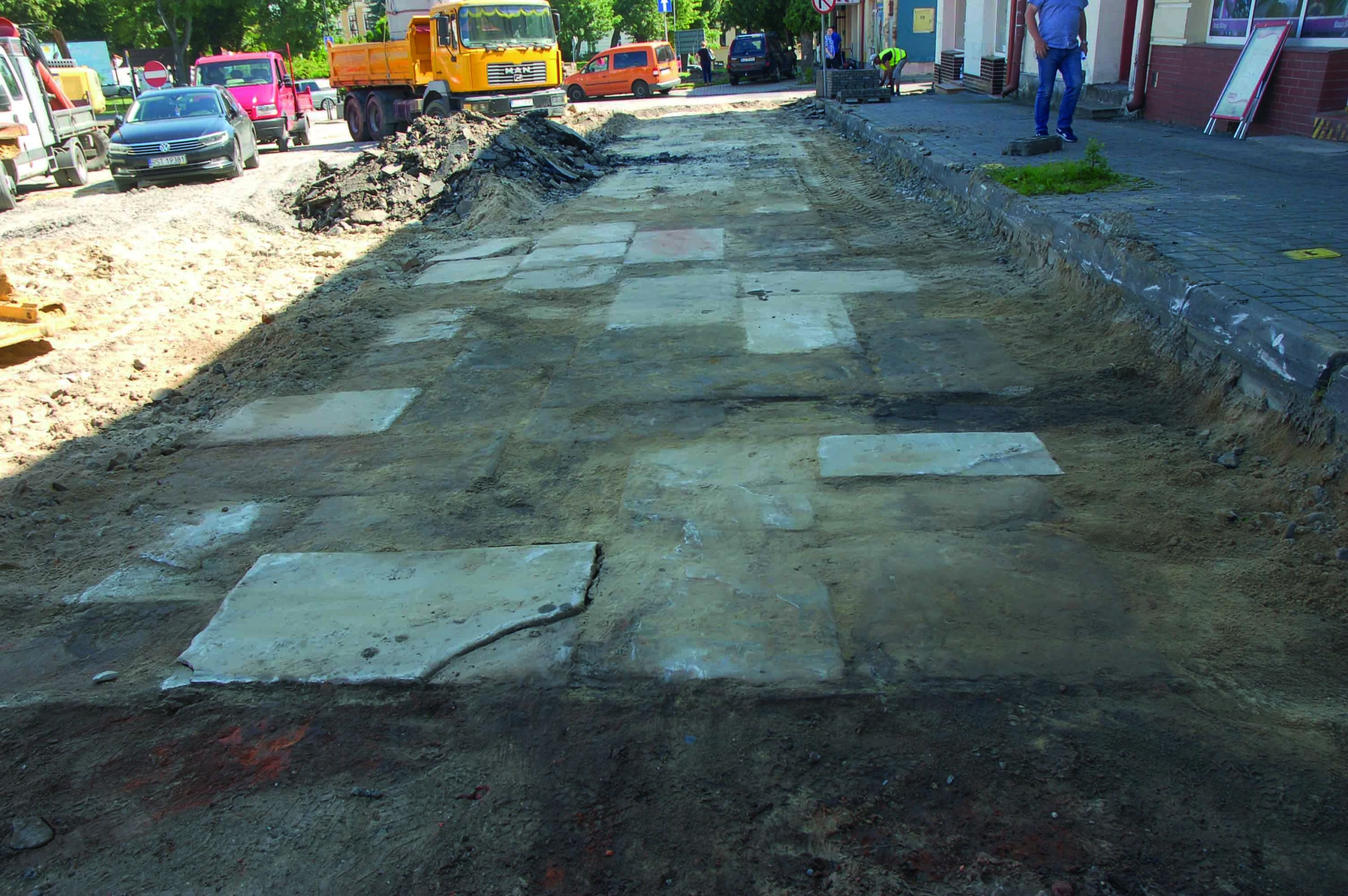
Artifacts May/June 2020
Torah Shield and Pointer
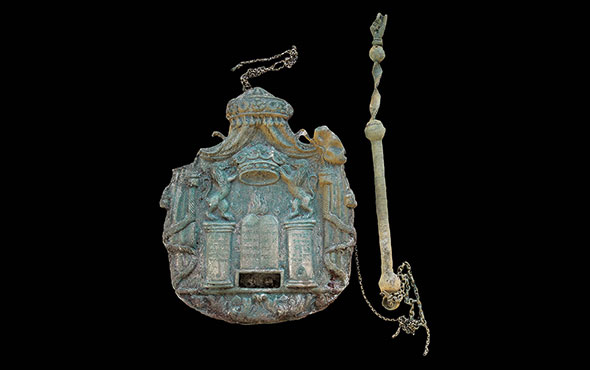
Digs & Discoveries November/December 2025
A Familiar Face
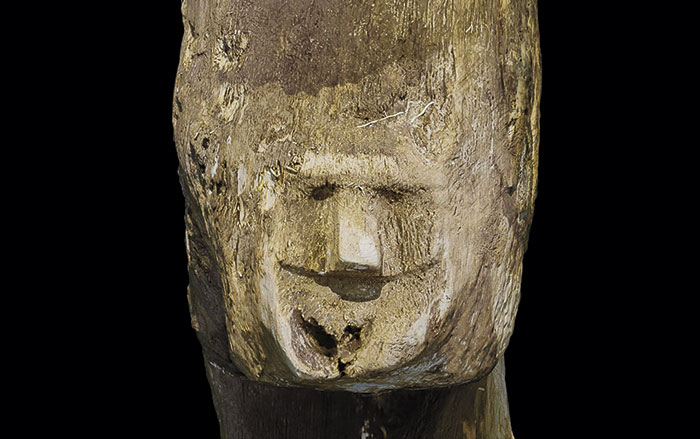
-
 (Pasquale Sorrentino)
(Pasquale Sorrentino) -
Features January/February 2021
Return to the River
Members of Virginia’s Rappahannock tribe are at work with archaeologists to document the landscape they call home
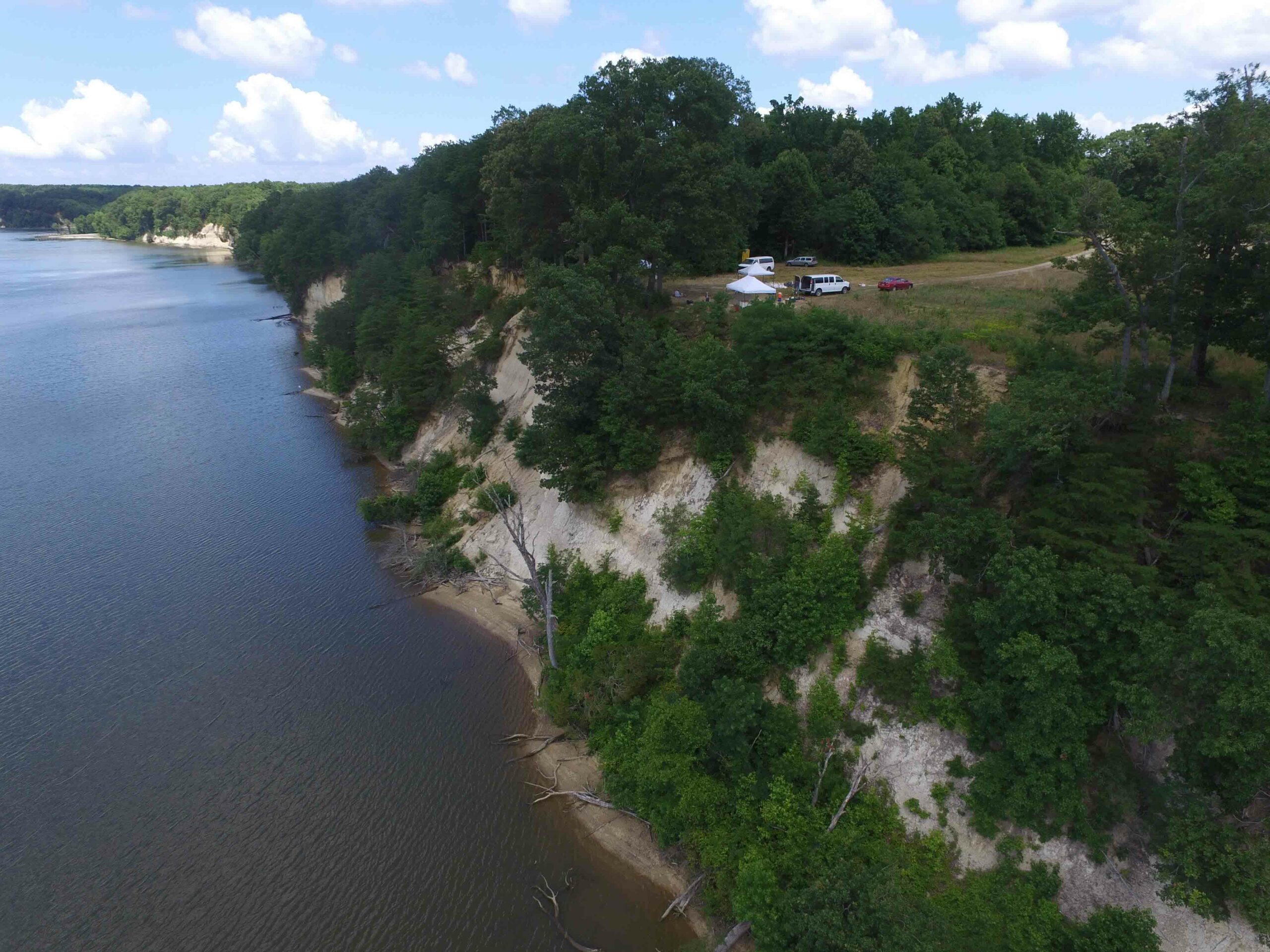 (Courtesy Julia King)
(Courtesy Julia King) -
Letter from Woodhenge January/February 2021
Stonehenge's Continental Cousin
A 4,000-year-old ringed sanctuary reveals a German village’s surprising connections with Britain
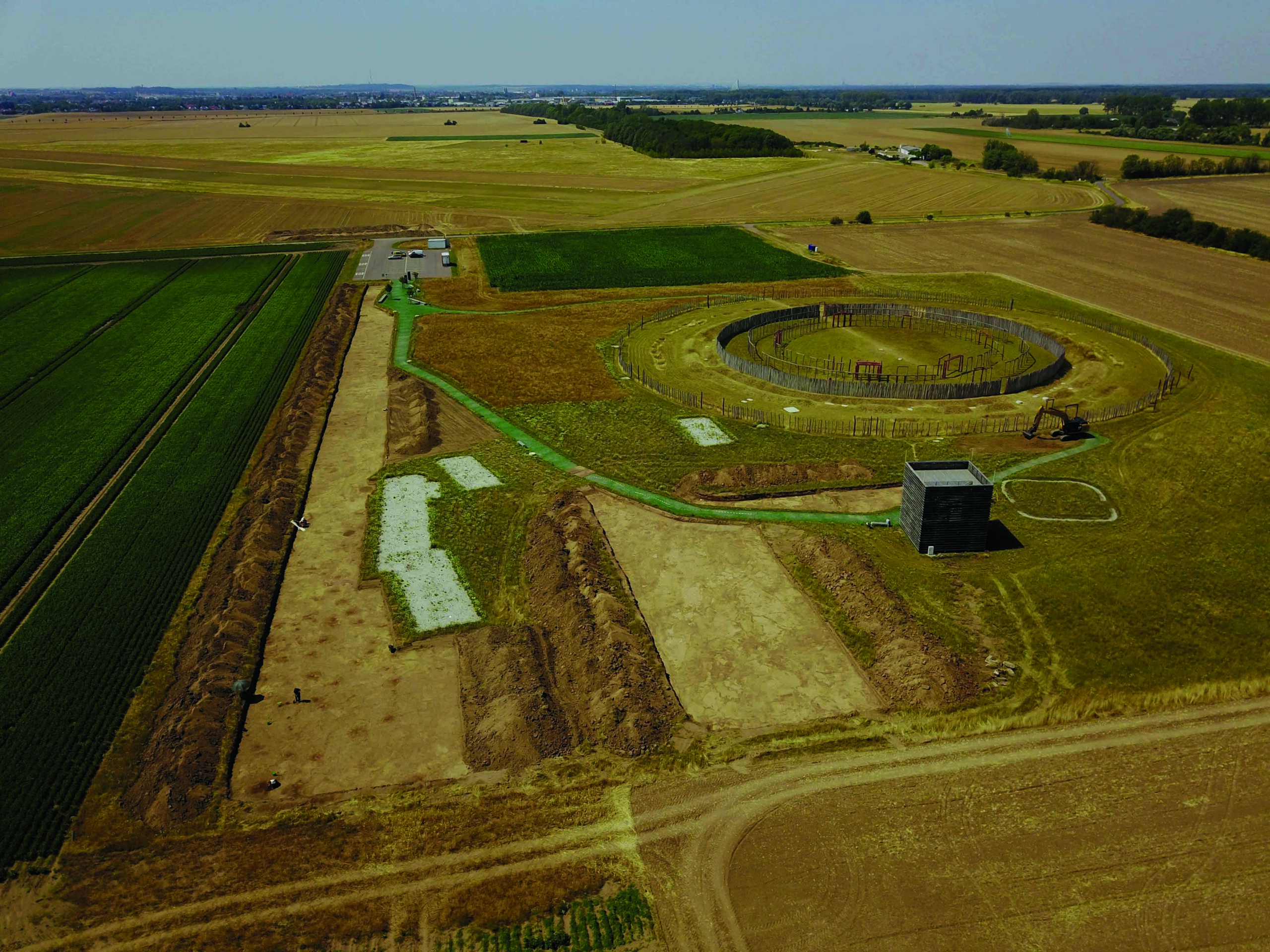 (Photo Matthias Zirn)
(Photo Matthias Zirn) -
Artifacts January/February 2021
Inca Box with Votive Offerings
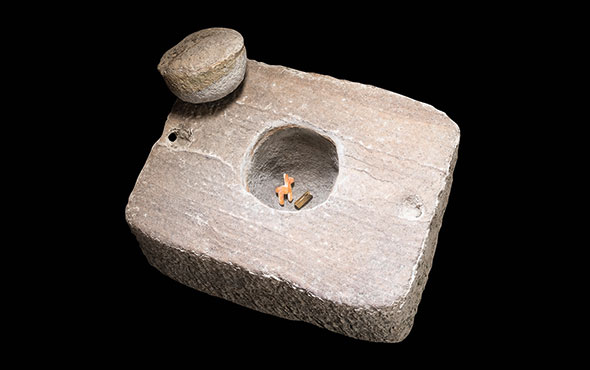 (Courtesy Teddy Seguin/Université Libre de Bruxelles)
(Courtesy Teddy Seguin/Université Libre de Bruxelles)


